
Caribbean
The Caribbean region of Costa Rica is mostly in the province of Limón; it covers the entire Caribbean coast from the border with Nicaragua to the north until Panama to the south, and inland covers the entire Atlantic side of the Central Mountain Range. It is an area dominated by rugged mountains, numerous rivers, vast plains and 212 kilometers of coastline, where we find different life zones ranging from the coastal scenery at sea level till moorlands above 3,000 meters over sea level, with a great variety of microclimates and ecosystems, and therefore a large number of animal and plant species.
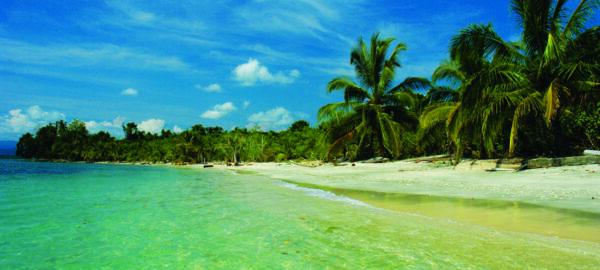
The Caribbean of Costa Rica is a different destination from the rest of the country. It is a land endowed with abundant human and natural resources, which includes more than 40 protected areas recognized for their extraordinary richness and biological diversity. They include the mountain areas covered with tropical rainforest, many of them primary forests. Here you can find countless plant species, including centennial trees such as ceiba, cativo or mountain almond trees which provide habitat and food for many mammals such as jaguars, monkeys, sloths, raccoons or the giant tapir, and such tropical birds as toucans, parrots, orioles and green macaws. Also found here are reptiles and amphibians, such as coral snakes and boas, frogs and all kinds of wildlife. All part of the cycle of life.
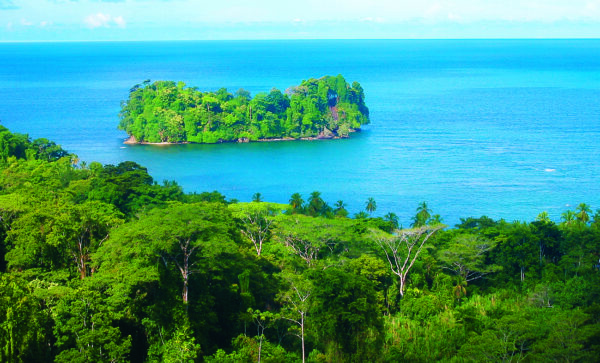
There are also protected rivers, lagoons, mangroves and other wetlands of RAMSAR importance, which are the natural environment for fish, alligators, crocodiles and caiman, basilisks or prehistoric fish such as the Gaspar fish, as well as aquatic birds, otters or manatees.
Miles of pristine beaches awarded with the “Ecological Blue Flag” designation, and a sea which has one of the most biodiverse coral reefs in Central America. There you can find sea sponges, seaweeds and brain-shaped or Elkhorn corals, brightly colored fish, starfish, sea urchins, sharks, manta rays or the unique sea turtles which every year come to these shores to lay their eggs and therefore continue fighting against extinction.
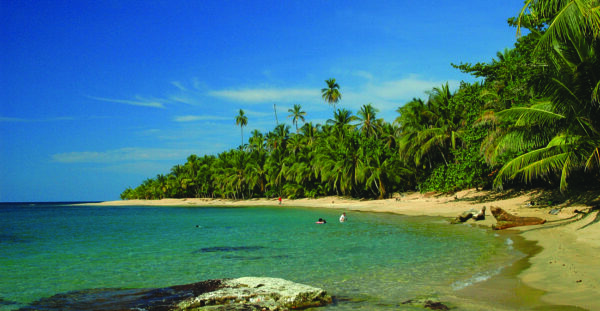
In this area you will find a very special ethnic and cultural fusion. The various indigenous races that originally inhabited this area mixed with Spanish during the colonial era and with black people which came from Africa to work on cacao farms in Matina. In the 18th Century they were joined by turtle fishermen who came from Panama and Nicaragua. The next immigration wave came in 1872, when workers for the railway construction arrived in Limon. They came from the West Indies, mainly from Jamaica, a former British colony. This ethnic group was established in the Caribbean and had great impact on the economic and cultural development in Costa Rica.

Later on Europeans and Asians came to the area and completed a model of peaceful coexistence, with a strong respect for nature, facilitating the development of small tourism businesses focused on a nature-based tourism, with a high cultural and environmental commitment, aimed towards sustainable development. In this country region a cosmopolitan culture was forged which nowadays is an example for the rest of the world.

This new Caribbean culture is a reflection of the mix of races which coexist here. The indigenous influence is very present for example in the gastronomy… with corn tortillas, tamales and cocoa, which are all a part of the typical Costa Rican food. Another big influence is from the Afro-Caribbean culture, which can be seen in the use of the Patua dialect, the designs of their houses, their Rastafarian beliefs, the Reggae and Calypso rhythms, the use of coconut and spices in the preparation of the finest meats and seafood dishes. On the other hand the European ancestry is evident in areas such as the official language, Spanish, or in the architecture of churches and other historic buildings.
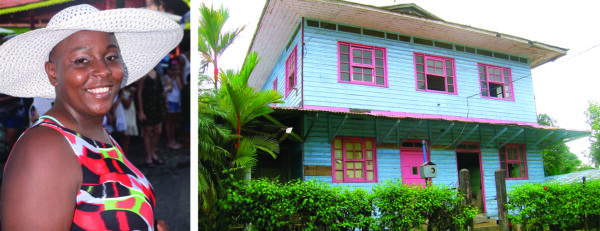
The Caribbean climate is pleasant, has a thermal stability throughout the year, with more heat in coastal areas with very humid and hot Equatorial climate in the plains, with temperatures ranging between 28 and 37 degrees. In the high mountains it is cold wet and rainy, with low temperatures throughout the year with an average of 10 degrees, being able to get below 0 degrees in the higher areas. It has no dry season, though in March-April and August to September and sometimes October shows a decline in the precipitations.
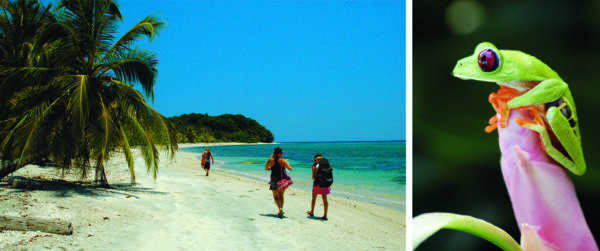
From San Jose to the Caribbean it is accessed via Route 32, the road crosses one of the most impressive and bio diverse of the world National Parks, the Braulio Carrillo, a natural beast that will make you think of dinosaurs. After passing through these rugged mountains the Guápiles plains appear, winding through the great rivers of the Atlantic slope, such as the Chirripó, Pacuare and Reventazon Rivers, among others, excellent for rafting. On the coast you are welcomed by the colourful city of Limon, capital of the province. The road continues towards the Southern Caribbean, to towns like Cahuita, Puerto Viejo or Manzanillo, it penetrates into Bribri, in the valleys of the Baja Talamanca, and further south to the border with Panama.

The public bus system has a variety of schedules and routes to all major destinations in the Caribbean from the bus station the Gran Terminal del Caribe in San Jose city. There are also private shuttle vans leaving from the main hotels in the capital and in Arenal.
Access roads to the Northern Caribbean are aquatic and can be embarked on different ports, such as Moin in Limon, on the Suerte River in Cariari, or in Caño Blanco. The recommended route is from Moin because it is the longest, more than 80 kilometers of water adventure, overlooking a large diversity of flora and fauna on your way. The cheapest is by the Suerte River where the route along the canals and rivers is shorter, but equally attractive. There are daily flight services between San José and Tortuguero, in just over 30 minutes you are at your destination.

The Caribbean of Costa Rica is a safe destination for tourists, but it is worth taking basic precautions you would take in any other place. The Caribbean has an eco-tourism tradition established and its people are very friendly and hospitable, it is the ideal destination for your holidays.
The Costa Rican Caribbean has many attractive tourist destinations both inland as well as on the coastline. In the Southern Caribbean include towns such as Cahuita, Puerto Viejo and Manzanillo and other small communities like Cocles Beach, Playa Chiquita and Punta Uva stand out. In the Central Caribbean you find the city of Limon, capital of the Caribbean, and in the Northern Caribbean the exuberant Tortuguero. They are a must on your trip to the Caribbean.
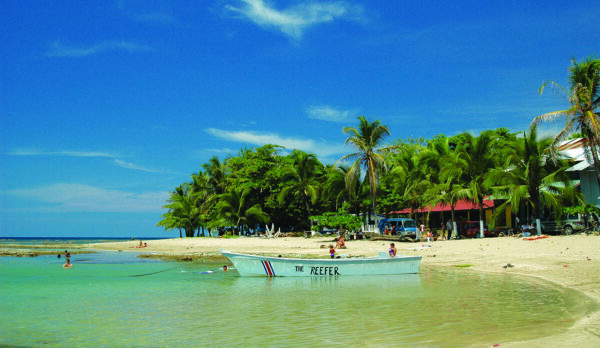
The Caribbean is truly a paradise for the holiday of your dreams, an overwhelmingly beautiful natural environment for adventure and relaxation. Here you will be able to enjoy all kinds of nature activities by air, land and sea, enjoy life in the tropics as you renew your energy and revive your spirit.
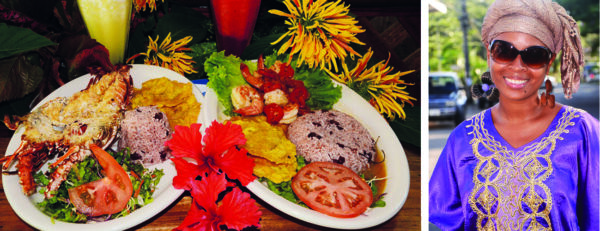

Fotografías de Paco Salmerón
Texto de Juan Carlos Lorite y Paco Salmerón